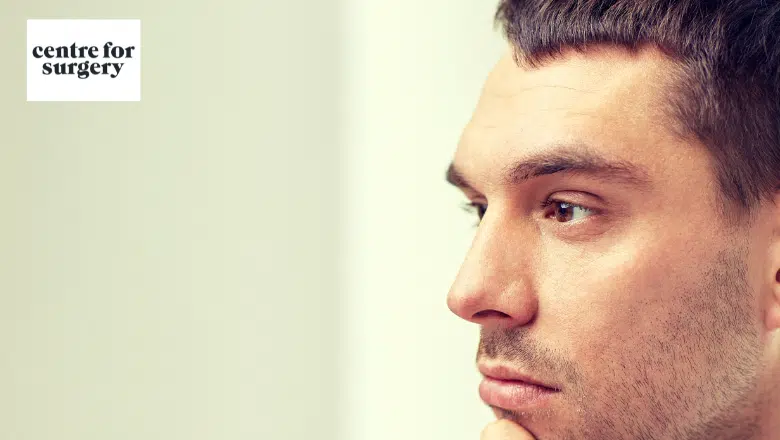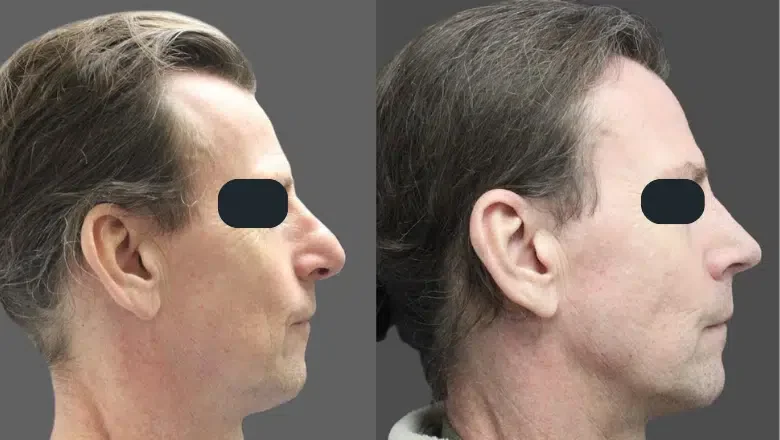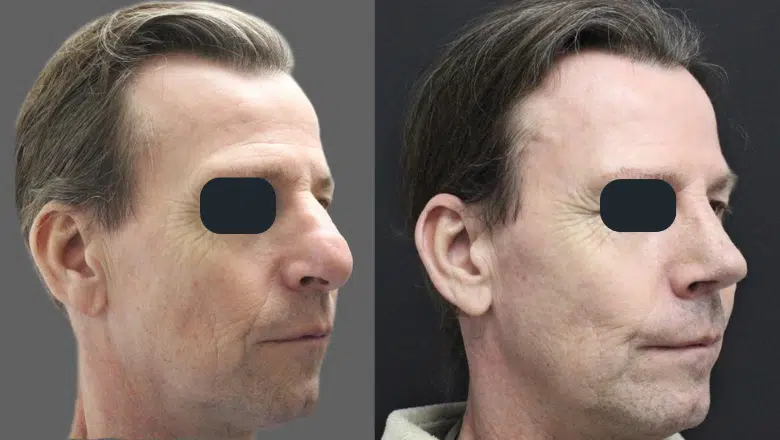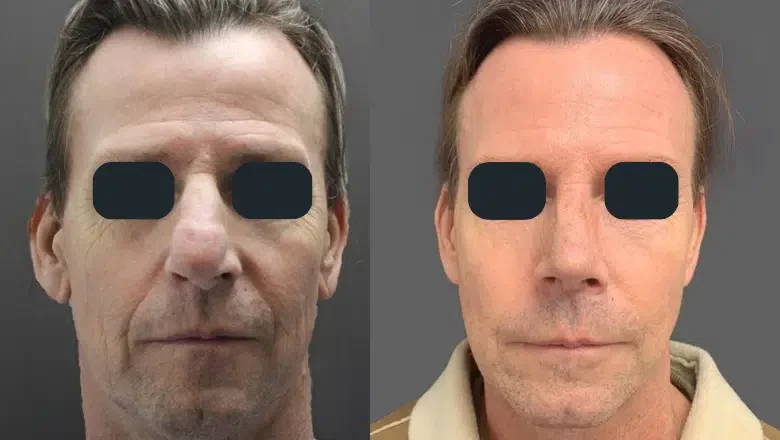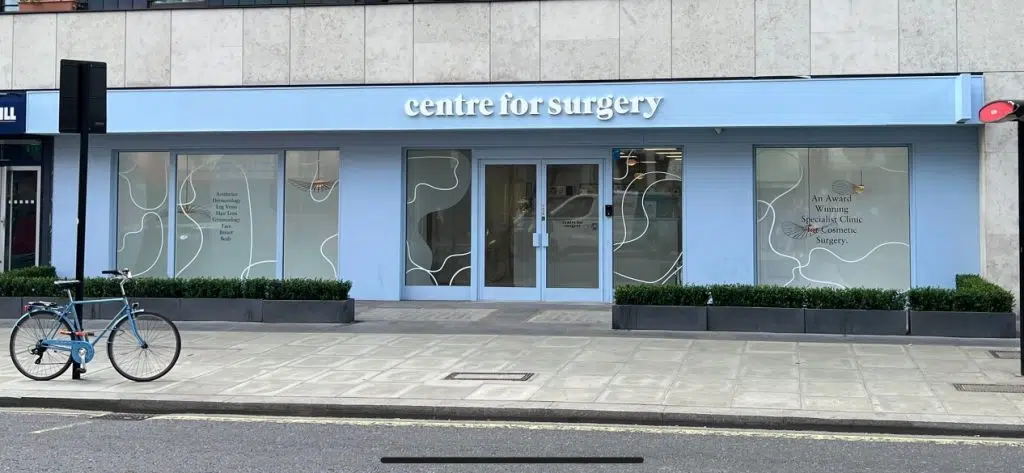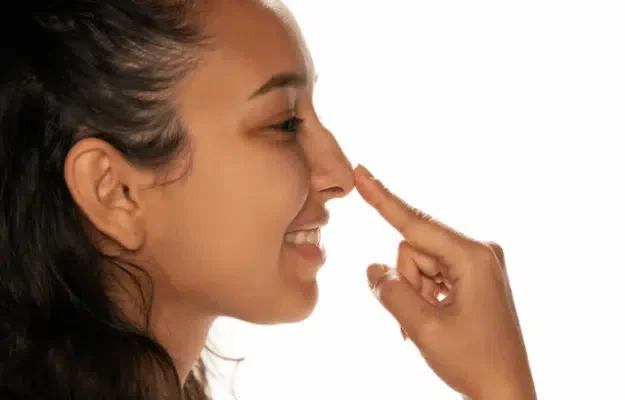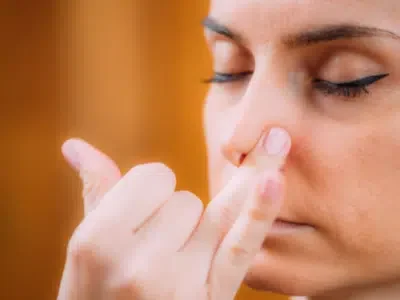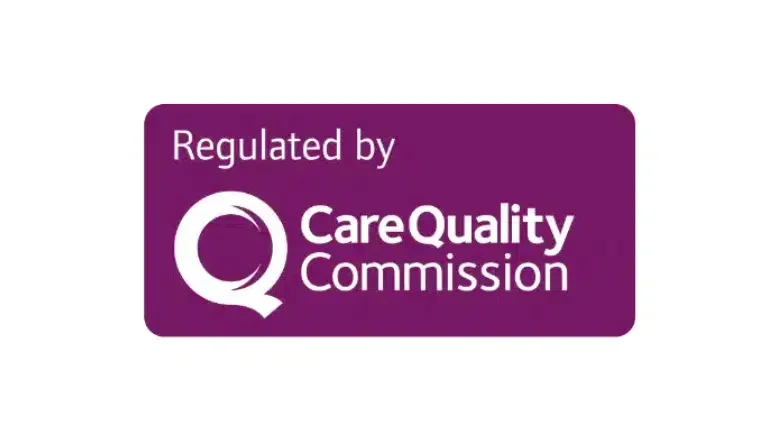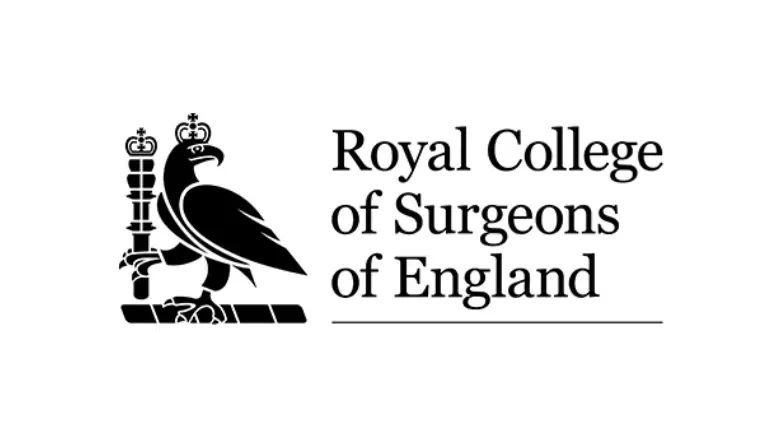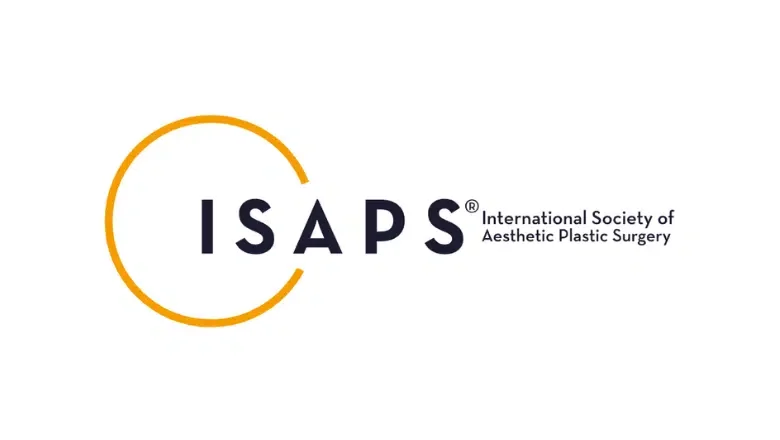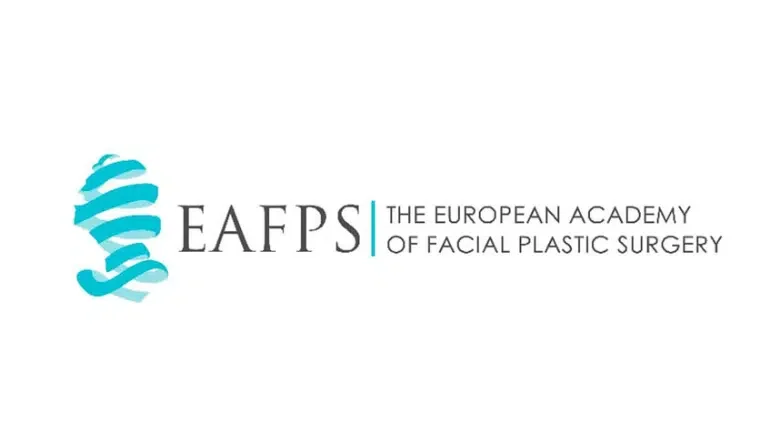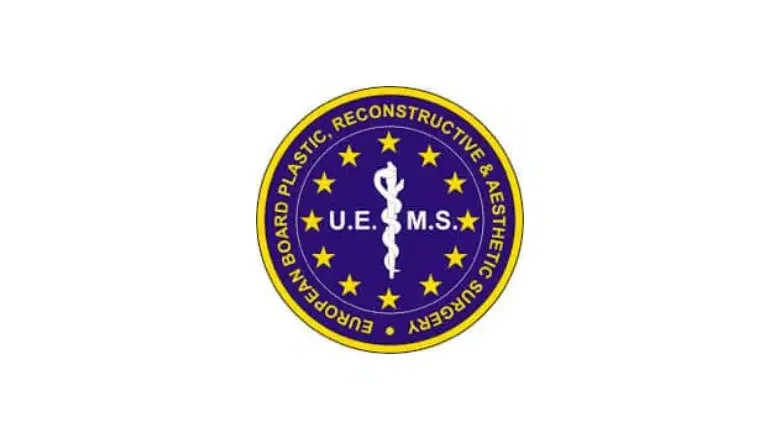Revision Rhinoplasty London
Revision rhinoplasty is a secondary correctional surgical procedure performed after a primary rhinoplasty or the first procedure performed elsewhere by a different surgeon. Rhinoplasty revision may even be carried out a second time to improve the appearance and function of the nose. Revision rhinoplasty can correct both aesthetic deformities and functional disturbances. Revision rhinoplasty is one of the most complex procedures performed at Centre for Surgery, and many surgeons elsewhere often avoid performing the procedure.
RELATED: Key Facts And Myths About Rhinoplasty Surgery
Most types of revision rhinoplasty require reconstructive surgery to provide adequate structural support for the nasal tip and all the nasal dorsum or bridge of the nose. This is often provided in the form of cartilage. In many revision rhinoplasty procedures, there will already be a lack of cartilage available in the nasal septum to be used for reconstruction, and your surgeon may need to harvest cartilage from another part of the body as an alternative approach. Other common sites include cartilage removal from the ear and sometimes from the ribs. Patients who have abnormalities affecting the nasal tip or bridge of the nose may require harvesting soft tissue from other parts of the body. The hairline is also a source of fascia, a tough connective tissue layer occasionally used by some rhinoplasty surgeons. Often, the internal architecture of the nose has been distorted by scar tissue from previous surgery, and skin grafts or soft tissue flaps will be required to correct abnormalities of airway patency, which may result in breathing difficulties. Ideal candidates for a revision rhinoplasty at Centre for Surgery are fit and healthy patients over the age of eighteen with realistic expectations of what a revision rhinoplasty procedure can achieve.
RELATED: Cartilage Graft Nose Job
Choosing Centre for Surgery for your procedure means you will be seen and assessed by specialist rhinoplasty surgeons who are dedicated sub-specialists in rhinoplasty surgery. They do very few other types of surgery and have become experts in all aspects of rhinoplasty surgery. Patients who choose us for revision rhinoplasty do not do so based on price. They do so based on their skill, compassion and professionalism as experienced medical professionals. You can expect our surgeons to assess you expertly and provide accurate, unbiased medical advice along with several treatment options, one of which may be to do nothing. A decision to undertake rhinoplasty surgery, especially revision surgery, should not be taken lightly. Our surgeons will take the time to explain all the risks and benefits and what you can expect to achieve. This could be aided by computerised 3D imaging, which may be used at your consultation to give you a rough idea of how you could look after revision rhinoplasty surgery.
Revision rhinoplasty Before & After Photos
When is a revision rhinoplasty needed?
Patients often decide to have a revision rhinoplasty to address the poor results from a previous nose job procedure often performed by another surgeon. Patients often express dissatisfaction with their rhinoplasty results for several reasons. They may feel the overall facial features are no longer balanced. They may believe the nose is still too big for their face, or they may now have problems breathing through their nose due to the previous rhinoplasty. Even in the most skilled rhinoplasty surgeon’s hands, revision rhinoplasty surgery has a higher revision rate than primary rhinoplasty. On average, about 15 to 20% of all patients who have a primary rhinoplasty will require a corrective procedure of some type to address anaesthetic or functional concerns they may have.
No surgeon can guarantee the outcome of any type of surgery, especially a highly complex revision rhinoplasty surgery where many factors will be beyond the surgeon’s control, including the healing process, with significant variation in this area between patients.
If you would like to consider having a revision rhinoplasty, you should wait until you are fully healed from your first rhinoplasty procedure. We would recommend waiting at least 12 months from the first procedure before even having a revision rhinoplasty consultation. Having surgery sooner than this may result in further structural damage to the nose, which may prove difficult, if not impossible, to correct adequately. We would advise all patients considering revision rhinoplasty to undertake detailed research and to have a very clear idea of what the procedure can achieve with realistic expectations established from the very beginning.
Why is revision rhinoplasty a challenging procedure to perform?
Revision rhinoplasty is one of the most difficult surgical procedures to undertake for many reasons. Often previous rhinoplasty surgery results in the formation of dense scar tissue. This makes it challenging to perform revision rhinoplasty surgery as the common identifying features of the nose may be distorted by scar tissue. This can compromise the final results as excessive scar tissue may recur even after well-performed revision rhinoplasty. Many noses after primary rhinoplasty may have damaged cartilage or lack cartilage, which is often required as part of a secondary rhinoplasty procedure to adequately reconstruct the nose.
RELATED: Is Revision Rhinoplasty More Painful?
Patients who choose to have a revision rhinoplasty in London need to understand that even a corrective rhinoplasty procedure may not be entirely successful in repairing cosmetic abnormalities which were not adequately addressed in the first procedure or have resulted from having a primary rhinoplasty. The success or failure of a nose job procedure can often be difficult to objectively measure, as even successful revision rhinoplasty surgery may be viewed as unsuccessful by the patient. The likelihood of developing dissatisfaction after revision rhinoplasty is higher for patients who are already unhappy with the results of the first procedure.
Patients must be aware of all the potential risks and complications of revision rhinoplasty surgery, including an unsatisfactory outcome. They must have realistic expectations of what the procedure can achieve before being accepted for a revision rhinoplasty at Centre for Surgery.
Will I need a rib graft for revision rhinoplasty?
The need for a rib graft during revision rhinoplasty depends on the specific issues that need to be addressed in the revision surgery. Rib grafts can be used to provide additional support and structure to the nose if the original cartilage has been removed or damaged during the initial surgery. However, not all revision rhinoplasties require a rib graft, as other options, such as ear or nasal cartilage, may be used.
It is important to have a detailed consultation with a qualified and experienced revision rhinoplasty surgeon to determine the best course of action for your specific case. They will be able to evaluate the structure and condition of your nose and make recommendations based on their expertise and experience.
Remember that revision rhinoplasty is generally considered more complex and challenging than primary rhinoplasty, so it is essential to choose a surgeon with experience and a proven track record with revision procedures.
Can my surgeon guarantee my revision rhinoplasty will be a success?
This is not possible. No surgeon can ever guarantee successful results from any surgical procedure. Every surgery carries potential risks and complications, even if they are very rare. Revision rhinoplasty is one of the most complex procedures undertaken at Centre for Surgery. Indeed, many experienced rhinoplasty surgeons in other parts of the UK may not perform this procedure due to its high risk of patient dissatisfaction.
All patients should have realistic expectations of what results can be achieved after revision rhinoplasty. The final outcome will depend on several factors, including the current structural configuration of the nose and how much damage has already been caused by previous surgery. This will be determined by the type of rhinoplasty undertaken. It is often helpful for the revision rhinoplasty surgeon to review the operation record from your first procedure so they can be fully familiar with what was carried out.
Many of our surgeons at Centre for Surgery perform 3-D imaging to give you a rough idea of how you could look after your revision rhinoplasty. Although the technology can be useful, it is important to avoid fixating on the 3-D images as these are merely approximations of the final result and may not reflect the actual results.
How to choose the best surgeon for revision rhinoplasty in the UK
Choosing the best surgeon for revision rhinoplasty in the UK can be a difficult task, but there are several steps you can take to ensure that you find a qualified and experienced professional who can help you achieve your desired results.
Look at before and after photos
Most reputable surgeons will have a portfolio of before and after photos of their patients available at the consultation. This will give you an idea of the surgeon’s skill level and the type of results they can achieve.
Check their qualifications and experience
Make sure the surgeon is properly qualified and experienced in performing revision rhinoplasty. They should be a Fellow of the Royal College of Surgeons (FRCS) or equivalent and should have specialist accreditation in plastic surgery, otolaryngology, or maxillofacial surgery.
Schedule a consultation
Once you have narrowed down your list of potential surgeons, schedule a consultation to discuss your specific needs and goals. The surgeon should take the time to listen to your concerns and explain the options available to you.
Cost
Revision rhinoplasty can be a costly procedure. Make sure you understand the costs involved and if they are within your budget.
Revision Rhinoplasty Surgeons at Centre for Surgery
A facial plastic surgeon is a dedicated subspecialist trained to undertake aesthetic surgical procedures in the facial region. Compared with general plastic surgeons, facial plastic surgeons are inherently better trained to perform delicate facial procedures. The extra years of surgical training by facial specialists focused on the facial region result in an exceptionally high degree of skill.
What does revision rhinoplasty involve?
Our plastic surgeons are rhinoplasty specialists and are highly experienced in performing all types of revision rhinoplasty, from minor corrections to complex reconstructive procedures involving rib grafting. Revision rhinoplasty surgery is performed at our specialist day surgery facilities at Baker Street in central London. Revision rhinoplasty surgery takes longer to perform than primary rhinoplasty surgery, and 3-4 hours of operating time are typical under TIVA general anaesthesia.
Revision rhinoplasty is a complex procedure that is typically more challenging than primary rhinoplasty. The specific steps involved in a revision rhinoplasty procedure will depend on the specific issues that need to be addressed, but generally, the procedure follows these steps:
Anaesthesia
Revision rhinoplasty is typically performed under general anaesthesia, which means you will be asleep during the procedure.
Incision
The surgeon will make incisions in the same location as the previous surgery, typically inside the nostrils, to minimise visible scarring.
Correction of deformities
The surgeon will then address any deformities by removing or reshaping cartilage or bone. They may also use additional cartilage or other materials to build up or reshape the nose as needed.
Repositioning the nose
The surgeon will then reposition the nose as needed to achieve a more symmetrical and balanced appearance.
Closing the incisions
The surgeon will then close the incisions and place splints or packing inside the nostrils to help maintain the new shape of the nose during the healing process.
Recovery after revision rhinoplasty
Recovering after revision rhinoplasty can be a longer process than recovering from primary rhinoplasty. The recovery time can vary depending on the extent of the procedure, but generally, it can take several weeks for the swelling and bruising to subside.
RELATED: Recovery After Rhinoplasty – Top Tips
During the first few days after the surgery, you may experience some pain and discomfort. Your surgeon will prescribe pain medication to help manage this. It is also common to have swelling and bruising around the eyes and nose. This will usually start to subside after the first week but can take several weeks to disappear completely.
You will have a splint or cast placed on your nose to help maintain the new shape of the nose during the healing process. The splint or cast will be removed by your surgeon in the first week after the surgery.
You will also have to avoid strenuous activity for about two weeks after the surgery. This includes heavy lifting, intense exercise, and bending over. You will also need to avoid blowing your nose, bending over, or any activities that may cause an increase in blood pressure for about two weeks after surgery.
You must also avoid exposing your nose to direct sunlight for the first several months after the surgery. This is because the skin on the nose is very delicate and can be easily damaged by the sun’s UV rays.
You will have post-operative appointments with your surgeon to monitor the healing process and ensure everything is going well. It may take several months for the final results of the revision rhinoplasty to be visible.
Risks and complications of revision rhinoplasty
Revision rhinoplasty is a complex procedure with a higher risk of complications than primary rhinoplasty. The specific risks and complications will depend on the individual patient and the specific issues that need to be addressed. Still, some of the most common risks and complications include the following:
Scarring
Revision rhinoplasty often requires incisions in the same location as the previous surgery, which can increase the risk of scarring.
Unsatisfactory results
Despite the best efforts of a qualified and experienced surgeon, there is always a risk that the final results of the revision rhinoplasty will be unsatisfactory.
Loss of sensation
The surgery may cause temporary or permanent loss of sensation in the nose or the surrounding areas.
Bleeding
As with any surgical procedure, there is a risk of bleeding during or after the revision rhinoplasty.
Infection
There is also a risk of infection after revision rhinoplasty, which can delay healing and increase the risk of complications.
Breathing difficulties
The surgery may cause temporary or permanent breathing difficulties or obstruction.
Complications with anaesthesia
As the procedure is performed under general anaesthesia, complications related to anaesthesia, such as allergic reactions or respiratory failure, may occur.
RELATED: Risks Of Rhinoplasty Surgery – How To Have A Safe Nose Job
Is a Revision Rhinoplasty Worth It?
The decision to undergo revision rhinoplasty is personal and depends on the individual’s goals and expectations. In general, revision rhinoplasty can be worth it if the patient is unhappy with the results of their previous nose surgery and can achieve their desired changes through revision surgery. Remember that revision rhinoplasty can be more complex and technically challenging than primary rhinoplasty, and the recovery period may be longer. Try to have realistic expectations and understand that perfect results are not always possible.
RELATED: Is revision rhinoplasty worth it?
Where is the best place for revision rhinoplasty in the UK?
Centre for Surgery is one of the top UK centres for London revision rhinoplasty with some of the very best nose job surgeons in the country practising from our facilities in central London. Our state-of-the-art Baker Street clinic is located in Marylebone and is easily accessible for patients from London and further afield. When you come to Centre for Surgery, you can be assured of receiving the very highest standards of medical care from highly experienced and qualified revision rhinoplasty specialists.
Our surgeons perform hundreds of rhinoplasty procedures annually and are regularly called upon to deliver keynote speeches at some of the top national and international rhinoplasty conferences. They have received sub-specialist training in all types of rhinoplasty in the UK and overseas to deliver the best possible outcomes and revision rhinoplasty results.
Before any planned surgery, it is important to have a clear idea of the potential risks and complications associated with revision rhinoplasty and what to expect during recovery. Getting the best results means following your surgeon’s post-operative instructions in full.
If you have been thinking about having a revision rhinoplasty in the UK, give us a call today and speak to one of our expert patient coordinators to book an initial consultation with one of our rhinoplasty surgeons in London. The cost of revision rhinoplasty surgery can significantly exceed the cost of a primary rhinoplasty due to its increased complexity and higher potential for risks and complications. Once you have had a face-to-face consultation with a rhinoplasty specialist, you will receive a full quotation from your dedicated patient coordinator.
FAQs
-
What is revision rhinoplasty?Revision rhinoplasty surgery is a reconstructive surgical procedure aiming to correct the nose's aesthetic and/or functional abnormalities following a previous primary rhinoplasty performed by another surgeon.
-
Why is revision rhinoplasty difficult to perform?Revision rhinoplasty is considered more challenging to perform than primary rhinoplasty for several reasons:
Scar tissue: After the initial surgery, the nose will have formed scar tissue, which can make it more difficult for the surgeon to work with the nasal structures during revision rhinoplasty. The presence of scar tissue can also affect the healing process and the final outcome.
Altered anatomy: The previous rhinoplasty may have altered the original anatomy of the nose, making it more challenging for the surgeon to understand and predict the outcome of the revision surgery. Some original cartilage and bone structures might be missing or weakened, which can complicate the revision process.
Grafting requirements: Revision rhinoplasty often requires the use of cartilage grafts to rebuild or reshape the nasal structures. Harvesting and placing these grafts can be a complex and delicate process, adding to the difficulty of the procedure.
High expectations: Patients seeking revision rhinoplasty may have higher expectations for the outcome, given that they have already undergone a previous surgery that did not meet their expectations. This places additional pressure on the surgeon to achieve a satisfactory result.
Individual factors: Each patient's healing process, skin type, and unique anatomy contribute to the complexity of revision rhinoplasty.
Due to these factors, it is essential to choose a highly experienced and skilled surgeon specialising in revision rhinoplasty to increase the chances of a successful outcome. -
Is revision rhinoplasty an appropriate procedure for me?Patients should be fit and healthy with no underlying medical conditions, non-smokers and are looking to improve the appearance and/or function of the nose following a primary rhinoplasty which has not met their goals. All patients should have realistic expectations of what can be achieved with further surgery.
-
How old must I be to have revision rhinoplasty at Centre for Surgery?You must be 18 years of age to have a consultation and/or treatment at Centre for Surgery.
-
What happens at the consultation for revision rhinoplasty?Your surgeon will perform a detailed nose and facial analysis at your consultation, which will also involve taking a full medical history and examination. Your ideas, concerns and expectations for treatment will be discussed in depth. The procedure will be explained in detail, including the anaesthesia technique, the surgical method planned, risks and potential complications and what to expect in the recovery period.
For further planning, computerised 3D digital imaging may also be used at the consultation stage. -
Is revision rhinoplasty painful?Revision rhinoplasty, like any surgery, can cause some discomfort during the recovery period. However, the actual procedure is performed under anaesthesia, so you won't feel pain during the surgery. After the surgery, you may experience mild to moderate pain, swelling, and discomfort around the nose, which can be managed with prescribed pain medication and following post-operative care instructions provided by your surgeon. The level of pain during recovery can vary depending on the complexity of the revision and the individual's pain tolerance.
-
What is recovery like after revision rhinoplasty?After revision rhinoplasty surgery, the bruising and swelling are generally more pronounced compared with primary rhinoplasty surgery, although pain generally tends to be less than experienced before. The bruising is usually the first to settle, and about 10-14 days is usual for full resolution. Swelling may take several months to improve. If an open approach was used, the sutures used to close the skin incision would be removed about 3-5 days after the procedure. Most patients can return to work within seven days. Light duties are advised to begin with, building up slowly over time. Going to the gym and other heavy exercises should be avoided for at least three weeks to facilitate optimal healing.
What To Expect
The consultation
We always recommend a face-to-face consultation with one of our expert revision rhinoplasty surgeons as the first step in your journey towards achieving a nose correction. Centre for Surgery is home to specialists in rhinoplasty surgery. When you meet with one of our surgeons, your surgeon will take the time to listen carefully to what you hope to achieve and give you an expert opinion on what can and cannot be achieved with a revision rhinoplasty after performing a thorough physical examination. Your surgeon may use computerised digital imaging to map the structure of your nose in detail to give you an idea of what your nose could look like after your procedure.
Your surgeon will also take a number of measurements as part of a detailed naso-facial analysis. Finally, high-resolution photographs are taken in a number of views. Your surgeon will also discuss with you the potential risks and complications and what to expect in the postoperative phase during your healing and recovery. Healing and recovery after revision rhinoplasty may take longer compared with a primary rhinoplasty. It is important to know what medicines you taking as some medicines can interfere with blood clotting and may need to be stopped. Any history of medical conditions or previous surgery will also be recorded and all the compiled information is used to make a decision on your medical fitness for the rhinoplasty procedure. After a recommended two-week cooling-off period and provided you are appropriate for the procedure, you can then make an informed decision on whether you would like to proceed with the procedure. If you are unsure about any aspect of the procedure and what it entails then we would invite you to return for as many follow-up consultations with your surgeon as you like to make sure that rhinoplasty surgery is right for you. The consultation lasts about 45 minutes on average. It may take longer if your procedure is going to be more complex. We would actively recommend coming in for a follow-up consultation to ensure all your questions are answered.
Before the procedure
Once you have decided to move forward with revision rhinoplasty surgery. Our preoperative assessment team will be in touch to assess medical fitness prior to coming in on the day of surgery. There are a number of instructions to follow before your procedure including stopping any aspirin-containing medicines as these can increase bleeding and ideally stopping smoking. Smokers have a higher risk of slower wound healing as well as more chance of wound complications. On the day of your procedure, you must follow the preoperative fasting guidance which includes no food for 6 hours prior. Only clear fluids (water) are allowed up to 2 hours before your procedure.
On the day of your procedure
When you arrive for your revision rhinoplasty procedure, you should aim to arrive on time to allow the admission process to proceed smoothly. One of our nurses will formally admit you and will check a number of items including making sure you have your postoperative medications. You will have your vital signs measured including blood pressure and heart rate. The anaesthetist will then meet you to perform a preoperative airway assessment. Finally, your surgeon will consent you for the planned procedure followed by a detailed preoperative marking of the areas to be treated. The revision rhinoplasty procedure takes a minimum of 3 hours to perform and often much longer. For cases involving the harvest of rib cartilage for a complex nasal reconstruction, the operative time could be 5-6 hours in length. Our anaesthetists use TIVA general anaesthesia to keep you comfortable throughout the procedure and even after prolonged procedures, the recovery is often rapid. due to the short-acting nature of the anaesthetic medicines used.
Revision rhinoplasty is almost exclusively performed with an open rhinoplasty approach for optimum visualisation. After the procedure is complete, you will spend time in our recovery suite where you will be prepared for nurse-led discharge once you have met all the discharge criteria. It is important to have a responsible adult accompany you home and look after you for the first 24 hours.
After your procedure
Once you are safely at home, you can be assured of having access to our specialist postoperative team round the clock. You will be given a contact number to contact your surgeon in the first 24 hours after surgery if there is any concern. A revision rhinoplasty procedure is associated with very little in the way of postoperative discomfort although a congested feeling is common for the first week after surgery. If you had rib cartilage taken then you may have discomfort at the site of the rib cartilage harvest. Bruising should start to subside after 7-10 days. You should avoid intense sunlight after the procedure to reduce the risk of pigmentary changes to the incision lines.
Our postoperative team will look to call every day for the first 2 weeks after your procedure. This is so we can monitor your levels of comfort and can alert your surgeon if there is any concern. Our proactive approach allows the detection of any potential issues early which results in more effective treatment. You are advised to rest for at least a few days after your rhinoplasty procedure which will also help with pain control. Heavy exercise should be avoided for at least the first 4 weeks. Our postoperative clinical team will assess your face-to-face at your 1-week postoperative appointment to ensure healing is progressing normally and the site of the wounds are healthy. Your splint will be removed and for an open rhinoplasty, the small sutures at the base of the nose will be removed. You will be booked for your surgeon's follow-up appointment 6 weeks after your procedure.
Expect the nose to be swollen after a revision rhinoplasty for considerably longer compared with your initial rhinoplasty. Swelling may take up to 18 months to resolve fully.


